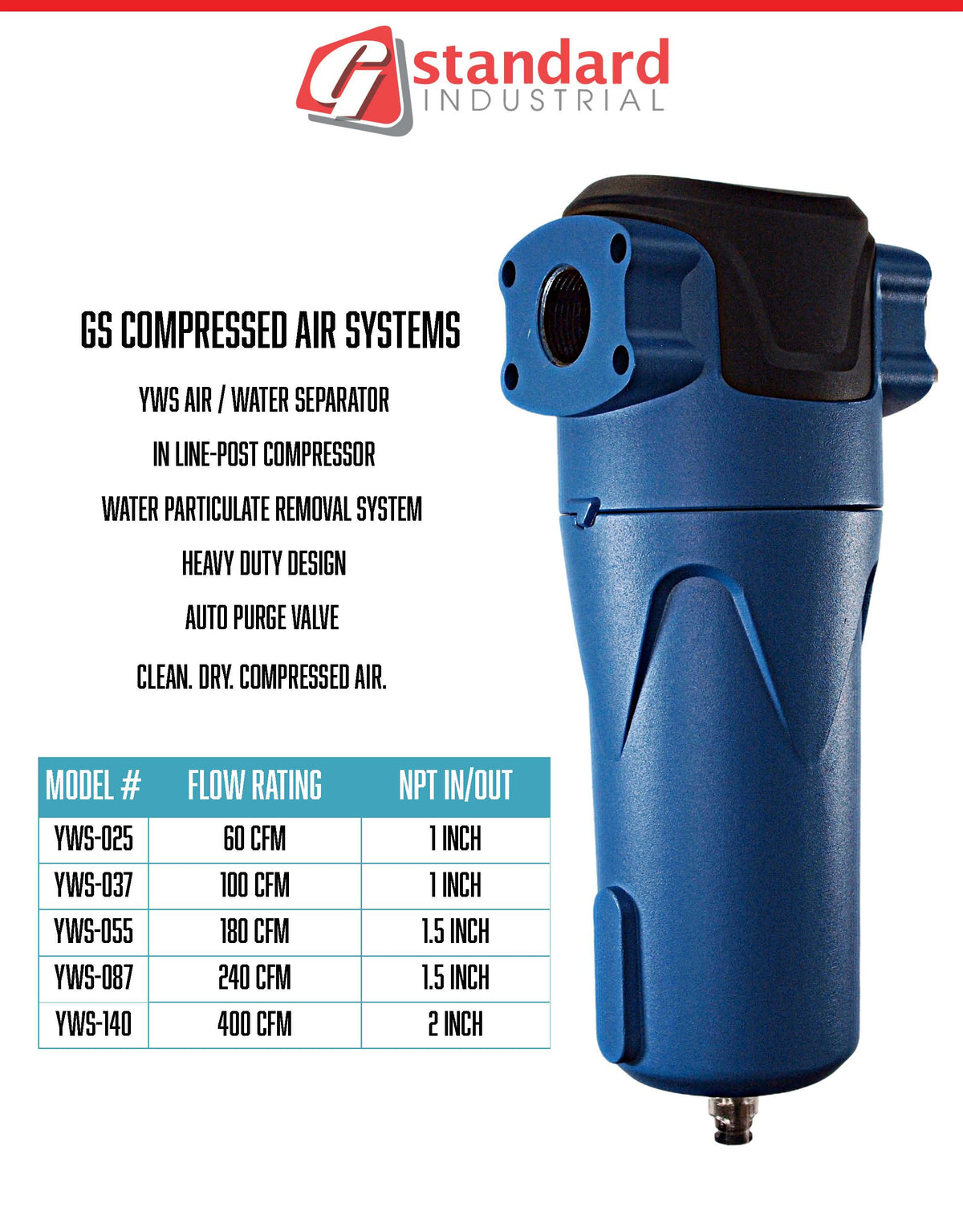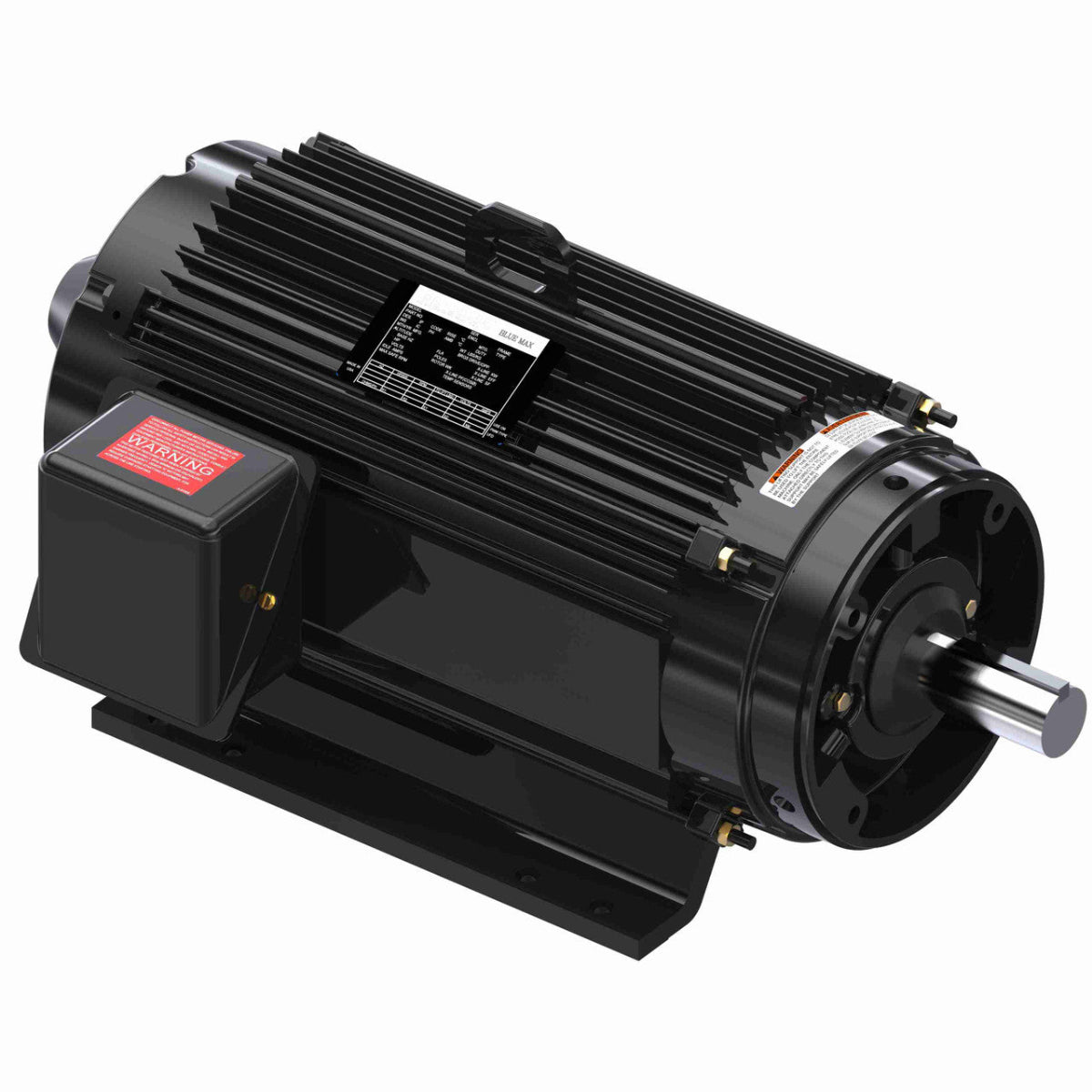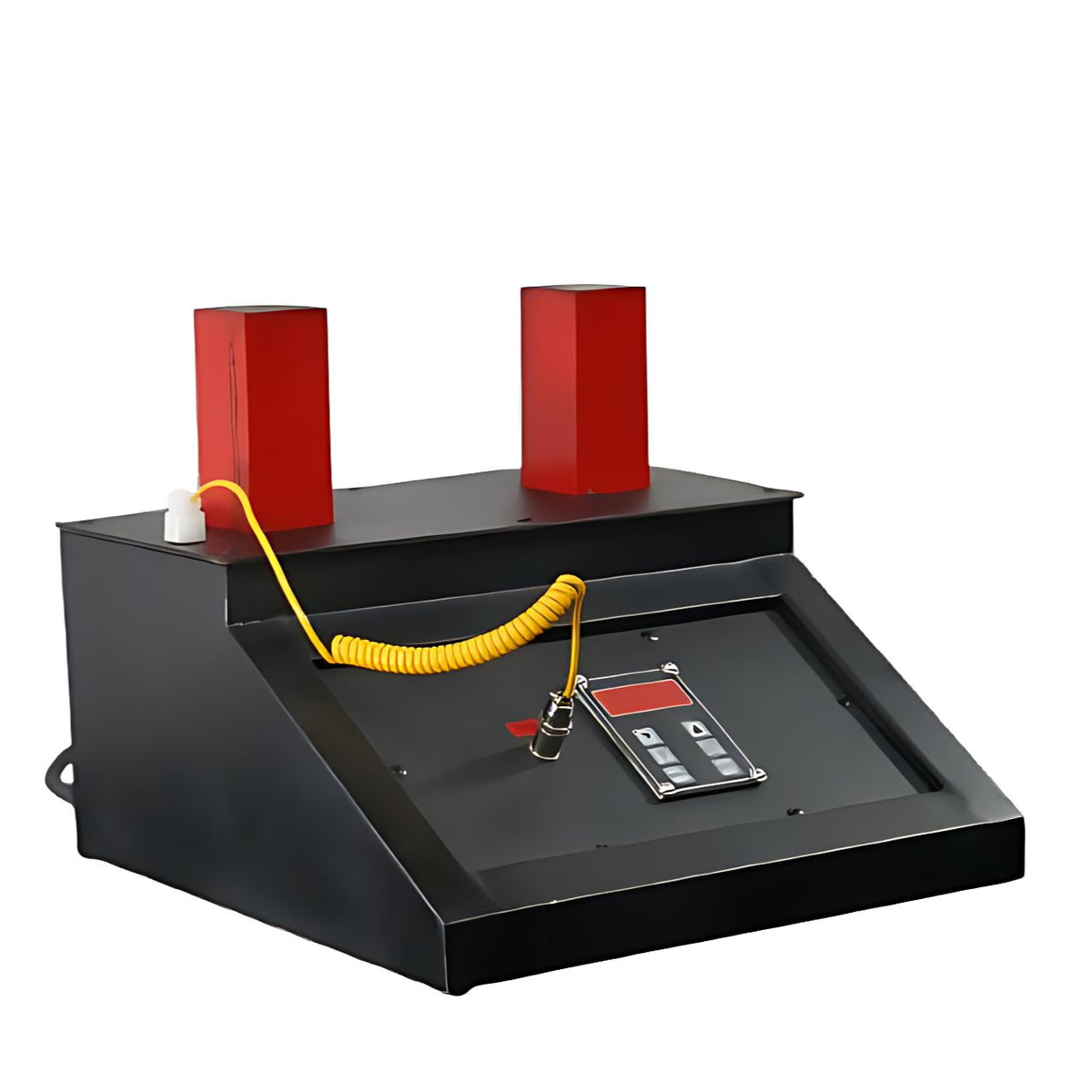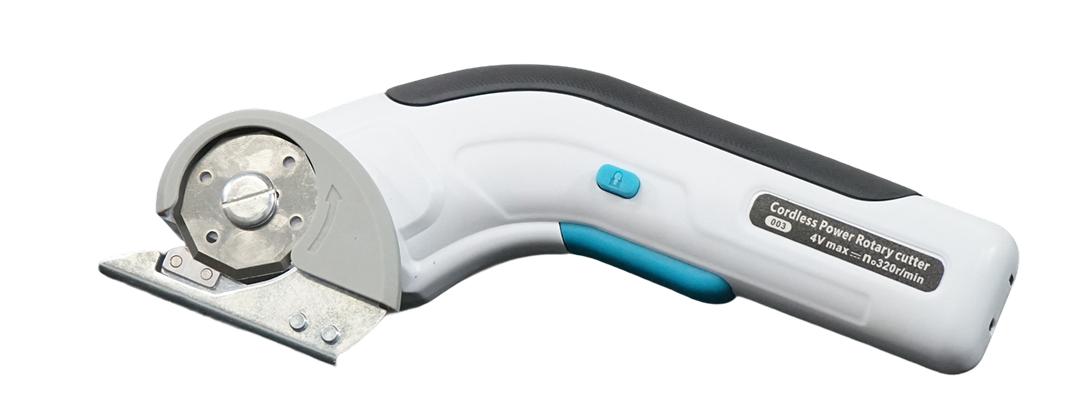If you’re purchasing an electric motor for the first time—or replacing one that’s worn out—it can be tough to know where to start. Motors vary widely in size, power, type, and efficiency. Choosing the wrong one could cost you time, money, and even damage your equipment.
This guide breaks down the key factors to help you choose the right motor for your needs—whether you're powering machinery, pumps, conveyors, or other industrial applications.
🔌 What Is an Electric Motor?
An electric motor converts electrical energy into mechanical energy to power machines and devices. They're commonly used in manufacturing, HVAC systems, automation equipment, tools, and more.
There are two main types:
- AC Motors – Used in fixed-speed or variable-frequency applications
- DC Motors – Offer greater control over speed and torque
🧠 1. Know Your Application
Start by asking:
- What are you powering?
- Is it constant-load or variable-load?
- Does it need to run continuously or in cycles?
- How much torque or speed do you need?
Examples:
- Conveyor belt → Constant torque, high reliability
- Pump → Needs start/stop capability, high startup torque
- Fan → High-speed, low-torque application
📐 2. Consider Horsepower & Torque
Horsepower (HP) determines how much work the motor can do.
Torque measures the motor’s rotational force.
A mismatch here can result in:
- Motor overheating
- Poor performance
- Premature failure
💡 Tip: Always check the load requirement of the machine first, then choose a motor that matches or slightly exceeds it.
⚡ 3. Voltage & Phase
Most motors come in 110V, 220V, or 460V options, and in single-phase or three-phase.
- Single-phase: Common in homes and small shops
- Three-phase: Used in industrial and commercial settings
Be sure to match the motor to your building’s electrical supply to avoid damage or inefficiency.
🌡️ 4. Efficiency & Duty Cycle
Motors can run continuously (S1 duty) or intermittently (S2/S3 duty). You’ll also want to consider efficiency ratings—especially if your motor will run all day.
Higher-efficiency motors (IE3 or IE4) save money on electricity over time, even if they cost more up front.
🏗️ 5. Frame Size & Mounting
Motors are built in standard frame sizes (NEMA or IEC). Make sure the replacement or new motor fits your equipment’s mounting configuration—face mount, foot mount, or flange mount.
💡 6. Additional Features to Consider
Depending on your application, you may also want:
- TEFC (Totally Enclosed Fan Cooled) motor for dusty environments
- Explosion-proof rating for hazardous areas
- Variable Speed Drives (VFD) for precision control
- Thermal protection to prevent overheating
✅ Final Tip: Work With a Trusted Supplier
Choosing the right motor isn’t just about technical specs—it’s also about availability, reliability, and support. At G Standard Industrial, we carry a wide range of electric motors and can help you match the right one to your exact needs.
🛒 Need Help Choosing a Motor?
We’re here to help. Browse our selection of electric motors or contact us for a recommendation based on your specs and application.




0 comments